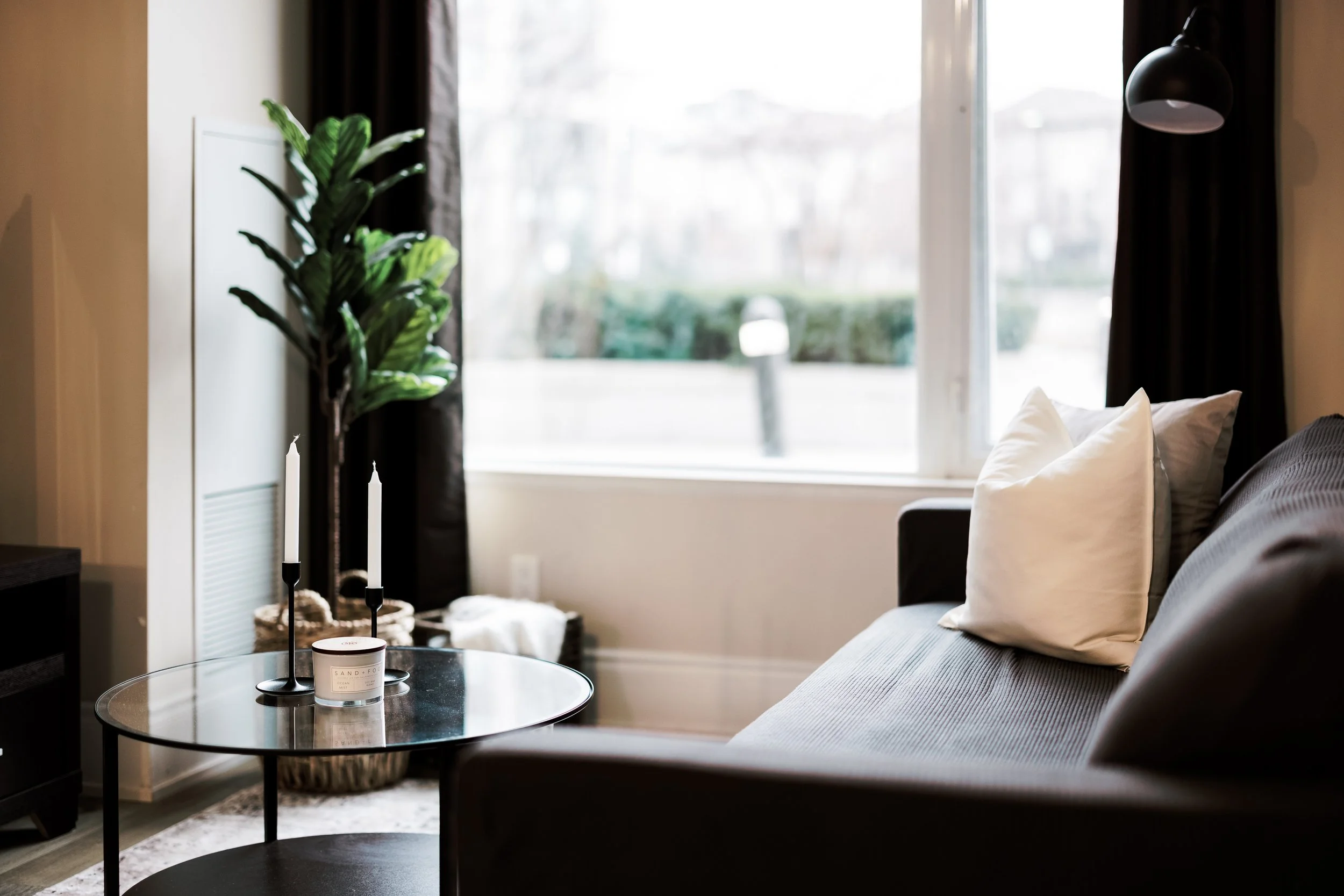When preparing to sell your home, making a strong first impression is key. High-quality real estate photography, videography, and cinematic video content can help you showcase your property in the best light, attract more potential buyers, and ultimately lead to a quicker sale. Here’s how to elevate your listing with stunning photos and videos that will captivate buyers.
1. Capture Curb Appeal
Your home’s exterior is the first thing buyers will see, so make sure it’s looking its best. Focus on well-maintained lawns, clean driveways, and eye-catching features like a charming porch. Aim to take exterior photos during golden hour for soft, flattering lighting. For an even more stunning view, consider incorporating drone photography to capture aerial shots of your home and its surroundings.
2. Declutter and Simplify
To make your home look more spacious and inviting, declutter and remove personal items before the photoshoot. Clear countertops, tidy up rooms, and create a neutral environment where buyers can easily imagine themselves living.
3. Highlight Key Spaces
Some areas of your home are more important to buyers than others. Focus on the living room, kitchen, master bedroom, and bathrooms—these are typically the rooms buyers pay most attention to. Make sure these spaces are well-lit and free of distractions. A cinematic video walkthrough can further showcase these spaces in an engaging and dynamic way, offering buyers a true feel of the home’s flow and atmosphere.
4. Maximize Natural Light
Bright, airy rooms are incredibly appealing to buyers. Open blinds, curtains, or windows to let in as much natural light as possible during your photoshoot. Well-lit spaces feel inviting and spacious, helping buyers feel at home.
5. Stage Your Home for Success
A well-staged home allows buyers to visualize the potential of the space. Consider hiring a professional stager to help arrange furniture and decor in a way that enhances each room’s flow and function, giving your home added warmth and character. This can also be captured in video to show buyers the full scope of the space in action.
6. Showcase Unique Features
If your property has standout features, like a scenic view, a cozy fireplace, or custom-built details, make sure these are highlighted in your photos. Focusing on these unique selling points can help your listing stand out in a crowded market. A drone videography shot of a stunning view or custom backyard can really add that "wow" factor.
7. Invest in Professional Photography
While it may be tempting to take your own photos, nothing compares to the expertise of a professional photographer. A skilled real estate photographer knows how to capture your home’s best angles, use proper lighting, and produce high-quality images that attract serious buyers. Whether you need ground-level shots or aerial drone photography, we’ve got you covered.
8. Offer Virtual Tours
Virtual tours allow buyers to explore your home from the comfort of their own space. This interactive experience is especially useful for out-of-town buyers or those looking to narrow down their options before scheduling a showing. It gives them a better understanding of your home’s layout and flow. Combine it with drone footage for a truly immersive and elevated virtual tour experience.
9. Select the Best Listing Photos
With many photos to choose from, it’s important to select the images that best represent your home. Your real estate agent will help you choose the right shots that will capture attention and appeal to a wide variety of buyers. A cinematic video of your home will further enhance your listing, showcasing your property in a way that simple photos can’t.
10. Utilize Online Marketing
Once you have professional photos, use them to promote your listing online. Post them on real estate platforms, your social media channels, and other relevant websites to maximize visibility and attract more potential buyers. The combination of photos, cinematic video, and drone shots will make your listing stand out across various online platforms.
11. Update Your Photos Regularly
Keep your listing fresh by updating your photos regularly. This is especially important when the seasons change, or if you’ve made any updates to the property. New images, along with fresh video content, will keep your listing looking current and engaging to buyers.
Let Property Pandas Help You Showcase Your Home
At Property Pandas, we specialize in high-quality real estate photography, videography, drone photography, and cinematic walkthroughs that help you present your property in the best possible light. Whether you need stunning aerial shots, cinematic video tours, or traditional real estate photography, our experienced team is here to help elevate your listing and attract more buyers.
Order now to schedule a photoshoot and start the process of showcasing your home’s best features!











